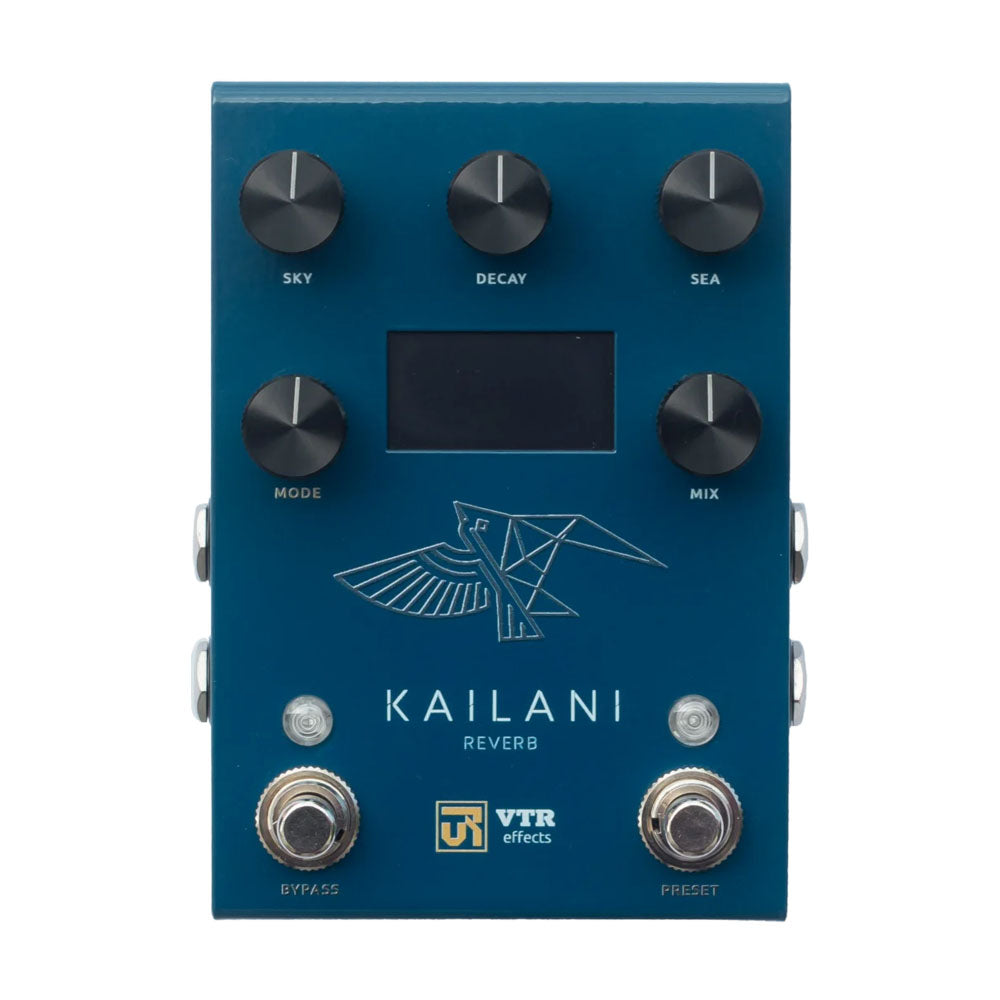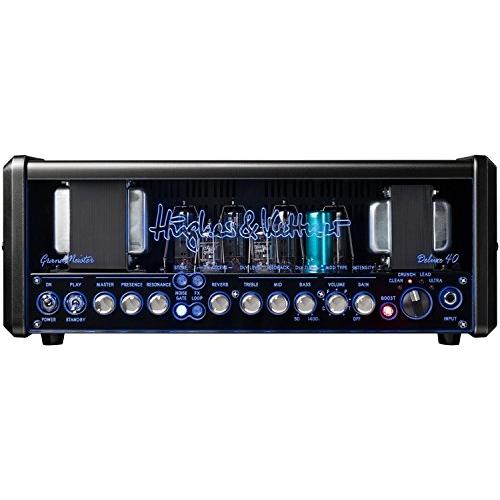1
/
of
1
Wren and Cuff The Good One Fuzz
$309.99 USD
$309.99 USD
Sale
Sold out
Couldn't load pickup availability
Secure checkout with





